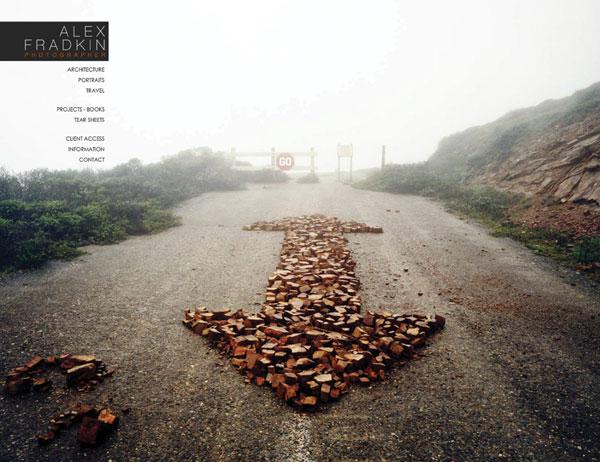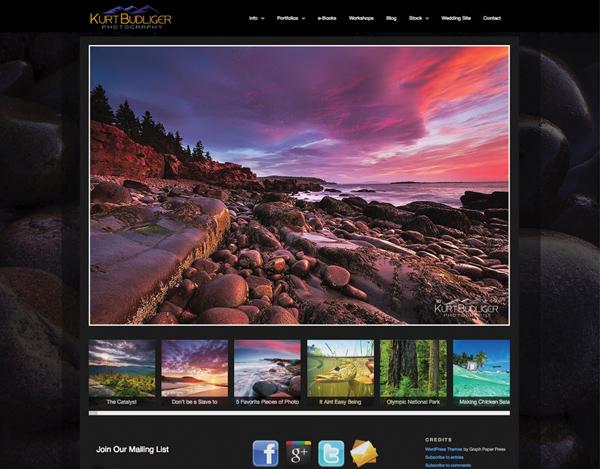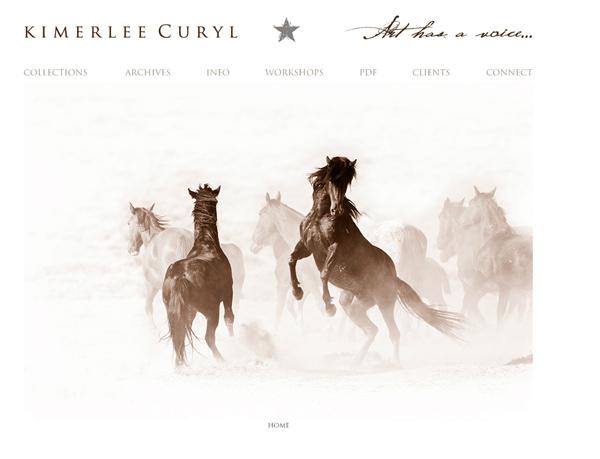Web Profiles
Sort By: Post Date TitlePublish Date
|
May 06, 2014 |
First Published: Mar 01, 2014 |
|
Mar 04, 2014 |
First Published: Jan 01, 2014 |
|
Dec 24, 2013 |
First Published: Nov 01, 2013 |
|
Oct 11, 2013 |
First Published: Sep 01, 2013 |
|
Sep 27, 2013 |
First Published: Aug 01, 2013 |
|
Aug 30, 2013 |
First Published: Jul 01, 2013 |
|
Jul 11, 2013 |
First Published: Jun 01, 2013 |
|
Jun 04, 2013 |
First Published: May 01, 2013 |
|
May 21, 2013 |
First Published: Apr 01, 2013 |
|
Apr 23, 2013 |
First Published: Mar 01, 2013 |
|
Mar 12, 2013 |
First Published: Feb 01, 2013 |
|
Feb 07, 2013 |
First Published: Jan 01, 2013 |
|
Feb 01, 2013 |
First Published: Dec 01, 2012 |
|
Dec 26, 2012 |
First Published: Nov 01, 2012 |
|
Nov 27, 2012 |
First Published: Oct 01, 2012 |
















